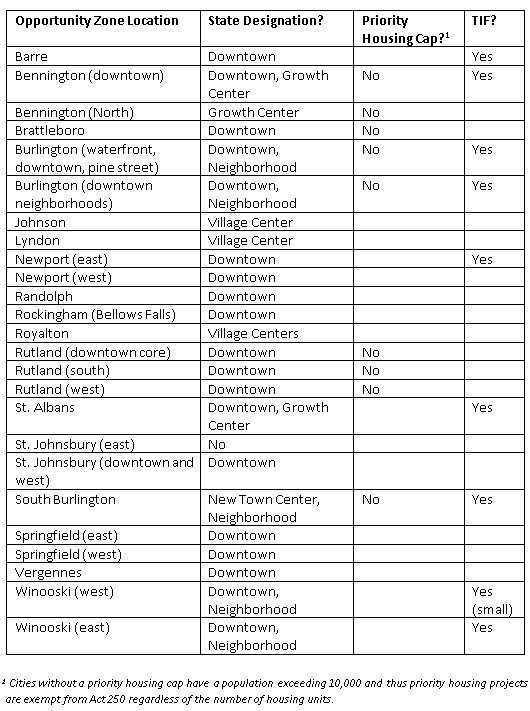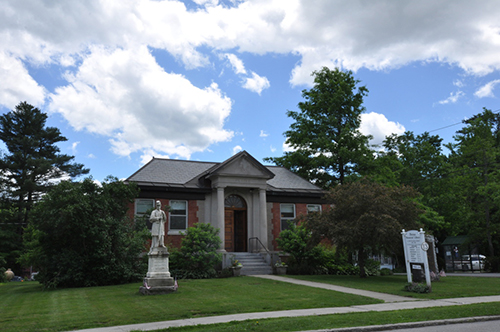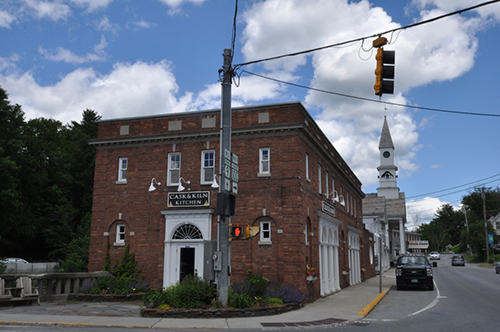 The decommissioned Blodgett Oven factory on Lakeside Avenue in Burlington, Vermont is being redeveloped into a dynamic new tech campus, providing work spaces to new and existing employers in the field of technology. Developer Russ Scully is converting the old factory into a high-tech campus, called Hula, which will lease space to tech companies and startups.
The decommissioned Blodgett Oven factory on Lakeside Avenue in Burlington, Vermont is being redeveloped into a dynamic new tech campus, providing work spaces to new and existing employers in the field of technology. Developer Russ Scully is converting the old factory into a high-tech campus, called Hula, which will lease space to tech companies and startups.
It will boast vibrant amenities and an event space for live music overlooking Lake Champlain. The project aims to encourage growth in Vermont’s tech industry, and attract new employment for the state.
SRH Law partner Brian Dunkiel provided strategic counsel for the development and partner Drew Kervick facilitated the closing on the financing for the redevelopment of the property. Hula will recruit businesses to the space, focusing on the kind of innovators SRH Law’ IP team supports to advance a values-led economy.
Check out the Seven Days article about the Hula project here.

 Partner
Partner  and the benefits it could provide for Vermont communities, investors, and developers. While we await the IRS regulations governing the mechanics of opportunity zone investing, we thought it would be a good time to examine how state planning law might affect potential opportunity fund financed projects.
and the benefits it could provide for Vermont communities, investors, and developers. While we await the IRS regulations governing the mechanics of opportunity zone investing, we thought it would be a good time to examine how state planning law might affect potential opportunity fund financed projects. 
 Last year’s federal Tax Cuts and Jobs Act (the “Act”) contained many substantial changes to the tax code to generate a $1.5 trillion tax cut. Included in the Act was a “small” $1.5 billion provision that could have an outsized effect in small, rural states like Vermont.
Last year’s federal Tax Cuts and Jobs Act (the “Act”) contained many substantial changes to the tax code to generate a $1.5 trillion tax cut. Included in the Act was a “small” $1.5 billion provision that could have an outsized effect in small, rural states like Vermont.  SRH Law was a proud sponsor of the recent 2018 Bi-State Primary Care Association Conference held in Fairlee, VT. The Bi-State Primary Care Association is a nonpartisan, nonprofit organization that represents New Hampshire and Vermont’s 28 Community Health Centers serving 300,000 patients at 120 locations.
SRH Law was a proud sponsor of the recent 2018 Bi-State Primary Care Association Conference held in Fairlee, VT. The Bi-State Primary Care Association is a nonpartisan, nonprofit organization that represents New Hampshire and Vermont’s 28 Community Health Centers serving 300,000 patients at 120 locations.
 On Thursday, Governor Scott announced that the Vermont Housing Finance Agency (VHFA) successfully placed $37 million in sustainability bonds to fund the State’s “Housing for All” affordable housing initiative. The bond sale was very well received by investors, reportedly receiving seven times more orders than available bonds.
On Thursday, Governor Scott announced that the Vermont Housing Finance Agency (VHFA) successfully placed $37 million in sustainability bonds to fund the State’s “Housing for All” affordable housing initiative. The bond sale was very well received by investors, reportedly receiving seven times more orders than available bonds.



